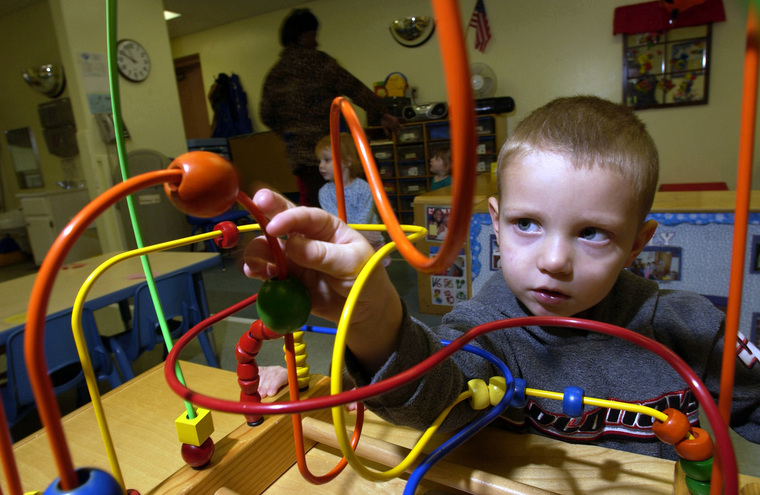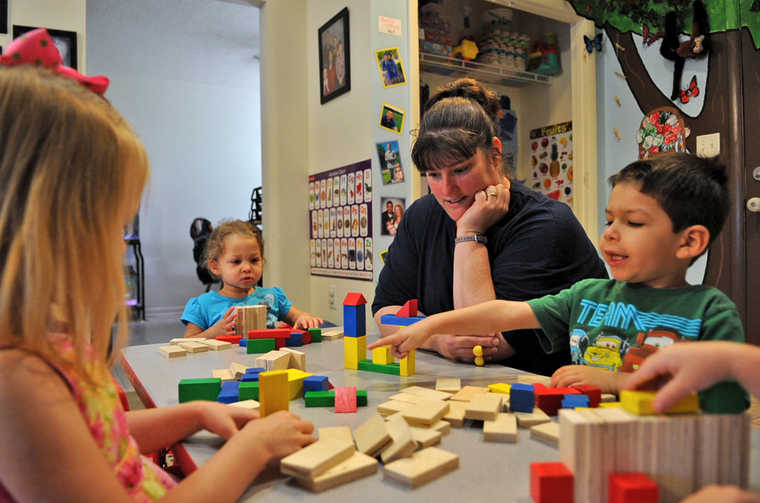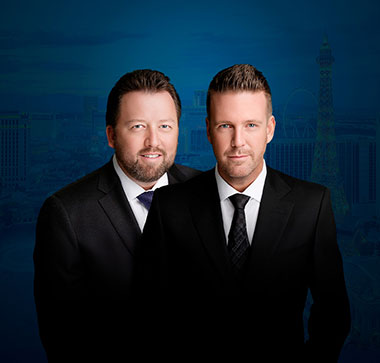Any parent’s worst nightmare is losing a child. For some parents, that means living for years in a constant state of panic and hypervigilance, breathlessly reading articles about cancer risks and choking hazards. For others, the enormity of the potential loss breeds a kind of self-assuring optimism that borders on denial. For most parents, the experience is something in between: staying alert to known health and safety risks, carefully researching car seats and cribs, and trying to “babyproof” and remain alert while running on reduced sleep. Once a newborn is old enough for daycare – usually beginning at six or eight weeks – many new parents face the tradeoffs of placing their child in daycare. That analysis is generally a kind of cost-benefit analysis. It becomes “How much will it cost?” versus “How much can I earn at work?”; or “What are the benefits of socializing my baby?” versus “What additional bonding can we enjoy together?”
Few parents think of placing their child in daycare as a life-or-death decision, but in a number of tragic cases it is. Amber Scorah grew up in a family of practicing Jehovah’s Witnesses, and she recently came out with a new book about her upbringing and spiritual journey. [1] Her story is fascinating in its own right, but it includes a dark moment: when her infant son died on his first day of daycare. She described this unbelievable loss in a blog post in the New York Times, and her story was shared around the country. Scorah emphasizes the fact that many families are compelled by economic considerations to place their children in daycare in order to provide for them materially. [2]
The Institute for Family Studies reports that annual childcare costs for an infant at a licensed daycare can run into the five figures – that’s in excess of $10,000 per year, and often well above that. In 30 states, this cost exceeds the annual cost (not including room and board) of a year of in-state tuition at a public university, and it can match a family’s annual auto insurance premiums, health insurance deductible, or budget for family vacations. Facing these exorbitant costs, many families look for cheaper alternatives. The costs mentioned above are for licensed day care centers; placing a child in a home-based setting can cost half as much or even less, and many parents appreciate the cozy, more intimate care of a small home-based setting as compared to the uniformity of an institutional setting. But using home-based care also means relying on the care providers to self-regulate, since in most cases only center-based care receives some scrutiny from health and safety regulators. The lack of licensure requirements means that home-based care can involve unclean or unsafe conditions, including the possibility that people other than the trusted owner-operator is the one providing the majority of the care once parents say goodbye. [3]
This is not to be alarmist; many children enjoy safe and nurturing care in home-based settings. And by contrast, commercial daycare is not massively better in some cases. According to a report by the Inspector General of the U.S. Department of Health and Human Services, a federal agency involved in regulation of the healthcare sector among others, 96 percent of commercial daycare centers are in violation of at least one regulatory measure. [4] This is understandable in one respect – childcare is more complicated than it seems. Childcare providers are sometimes looked down upon as lacking valuable skills, but – as any parent knows – monitoring and caring for children is no easy task. Meal preparation must be done in a safe and sanitary way. Once the food is prepared, it has to be fed to the children without letting them choke on it or create hazards by flinging it to the ground. Trying to clean up a mess (or just the normal incidents of meal preparation) while monitoring children can be virtually impossible. And the same demand to be in multiple places at once prevails when it comes to changing diapers, dressing children, taking them to the toilet, and during play time.

Millington, Tenn. (Jan. 14, 2005) – The Morale Welfare and Recreation Child Development Center on board Naval Support Activity Mid-South in Millington, Tenn., provides daycare services for dependent children ages six weeks to five years old of military personnel. U.S. Navy photo by PhotographerÕs Mate 3rd Class Joseph M. Buliavac (RELEASED)
Earlier this week a Las Vegas commercial childcare center was shut down indefinitely because it was failing to accomplish precisely this kind of juggling act. The TipTop Child Development Center, located near the intersection of Las Vegas Boulevard and Silverada Boulevard, was shut down by local health and safety regulators after an inspection revealed numerous violations – more than 60 in total. [5] The violations ranged from the challenges mentioned above – such as staff’s failure to sanitize their hands and changing tables after changing one child’s diaper and moving on to the next – to problems like exposed screws, chipping paint, and electrical wiring; unlabeled prescription medications; and failure to maintain toys and other surfaces and items in a consistently sanitary condition. [6] The facility owner expressed shock at having his facility shut down, but regulators note that this was one of just a couple of routine, annual inspection that the facility needed to be prepared for. The owner insisted that no children had been harmed, although several parents interviewed in the aftermath of the closure stated that they believed their children had begun suffering from frequent and serious illnesses as a result of conditions at TipTop. [7]
If your child has been hurt, fallen ill, or even died at a childcare center, it is important that you contact an experienced personal injury lawyer to find out if you may have grounds to sue for damages to help meet your child’s needs.
[3] https://ifstudies.org/blog/the-problem-with-home-daycare
Photo Credit: United States Air Force
Photo Credit: Joseph M. Buliavac, United States Navy


